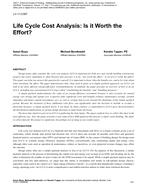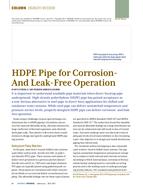Click here to purchase
The understanding of drying of porous materials is essential in building engineering to prevent moisture related damages. In essence, practitioners dream of porous materials limiting water uptake and promoting drying. On the other hand, to promote evaporative cooling effects, we design porous materials to maximize water uptake and drying in first drying phase. These examples clearly show that understanding drying at pore scale is essential to design proper porous materials for different applications. In this presentation, we use the Lattice Boltzmann method (LBM) to model the two-component (water and air) two-phase (liquid and vapor) flow in porous media at pore scale. The method allows to understand fundamental problems like the drying of two connected pores of different size. This simple example shows that capillary pumping from large to small pores can totally influence the drying process. Application of LBM to more realistic porous media opens up a large variety of possibilities to enhance drying. LBM simulations also allow to study the effect of wind speed on the drying rate, the boundary layer thickness, the local mass transport coefficient, and possible air entrainment into the porous medium. We also study the effect of contact angle on the drying process. Finally, these insights are applied to the evaporative cooling problem during drying. We analyze the effect of evaporative cooling from well-designed porous pavements and show when, how much and how long to irrigate porous media to achieve optimal cooling effect during a heat wave period.
Product Details
- Published:
- 2022
- Number of Pages:
- 7
- Units of Measure:
- Dual
- Product Code(s):
- DBldgsXV-C040


